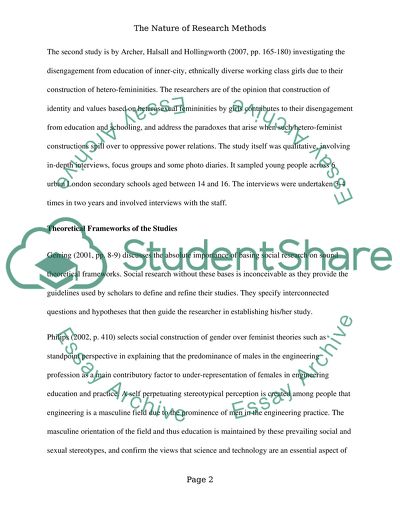Cite this document
(“The Gender and the Nature of Enquiry Essay Example | Topics and Well Written Essays - 2250 words”, n.d.)
Retrieved from https://studentshare.org/education/1436990-the-gender-and-the-nature-of-enquiry
Retrieved from https://studentshare.org/education/1436990-the-gender-and-the-nature-of-enquiry
(The Gender and the Nature of Enquiry Essay Example | Topics and Well Written Essays - 2250 Words)
https://studentshare.org/education/1436990-the-gender-and-the-nature-of-enquiry.
https://studentshare.org/education/1436990-the-gender-and-the-nature-of-enquiry.
“The Gender and the Nature of Enquiry Essay Example | Topics and Well Written Essays - 2250 Words”, n.d. https://studentshare.org/education/1436990-the-gender-and-the-nature-of-enquiry.


